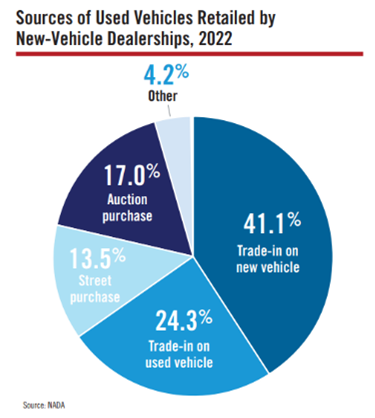Behind the Scenes: Purchasing a Used Car
Buying a used car can be a savvy financial decision, but understanding the processes that occur behind the scenes can empower you to make more informed choices. From dealer operations to vehicle history assessments, here's what happens beyond the showroom floor.
1. Vehicle Acquisition by Dealerships
Dealerships source used cars through various channels:
- Trade-ins: Vehicles exchanged by customers purchasing new cars.
- Auctions: Dealers bid on cars at auctions, which may include off-lease vehicles, rentals, or fleet vehicles. According to Wikipedia, "millions of vehicles are sold at such dealer auto auctions every year."
- Private Sales: Direct purchases from individual sellers.

2. Inspection and Reconditioning
Once acquired, vehicles undergo thorough inspections to identify necessary repairs and maintenance. This process ensures the car meets the dealership's quality standards. Mechanical repairs are a critical part of this phase, addressing any issues that could affect the vehicle's safety and performance. Additionally, cosmetic touch-ups are performed to enhance the car's appearance, including fixing minor dents, scratches, or paint imperfections. Finally, detailing is carried out to thoroughly clean and refresh both the interior and exterior, making the vehicle more presentable and appealing to potential buyers. These steps help ensure that the car is in optimal condition before being listed for sale.

"The dealership needs to run your credit, get your loan approved, appraise the car you're trading in, figure out the pay-off amount to your current car and agree on a price for the new car you want to buy." - Behind the Scenes at a Car Dealership - Edmunds
3. Pricing Strategy
Dealerships set prices based on factors such as:
- Market demand
- Vehicle condition and mileage
- Comparable local listings
"Behind the scenes, the manager is checking the invoice price, the sales value and demand for your trade-in, the overall interest in the car you're negotiating for, and, of course, the monthly sales quota." Used Car Dealerships: What To Expect and How To Prepare - Clutch
4. Vehicle History Reports
Dealers often provide vehicle history reports from services like CARFAX or AutoCheck to offer transparency about a vehicle's past, helping buyers make informed decisions. These reports include details on previous ownership, revealing how many individuals or entities have owned the car and whether it was used as a rental or fleet vehicle. Additionally, accident history is documented, showing any reported collisions, the severity of damage, and whether the vehicle was deemed a total loss. Service records are also included, providing insight into routine maintenance and repairs performed over the vehicle’s lifespan. According to Wikipedia, "Vehicle history reports are one way to check the track record of any used vehicle," highlighting their importance in assessing a car's reliability and condition before purchase.
5. Financing and Sales Process
Dealerships assist buyers with financing options, working with multiple lenders to secure favorable terms. The sales process typically includes:
- Negotiating the vehicle price
- Discussing trade-in values
- Finalizing financing arrangements
- Completing necessary paperwork

6. Post-Purchase Support
Reputable dealerships may offer various post-purchase services to enhance customer confidence and satisfaction. One of the most common offerings is a limited warranty, which provides coverage for certain repairs and defects for a specified period after purchase. Additionally, service packages may be available, allowing buyers to access routine maintenance services such as oil changes, tire rotations, and inspections at a discounted rate. Some dealerships also provide return policies, giving buyers the flexibility to exchange or return the vehicle within a set timeframe if they are unsatisfied with their purchase. These post-purchase services help ensure a smoother ownership experience and build trust between buyers and dealerships.
These services provide added peace of mind and contribute to customer satisfaction.
Conclusion
Understanding the behind-the-scenes processes of purchasing a used car can demystify the experience and empower you as a buyer. By being aware of vehicle sourcing, inspection protocols, pricing strategies, and financing options, you can navigate the used car market with confidence and make informed decisions that suit your needs and budget.
